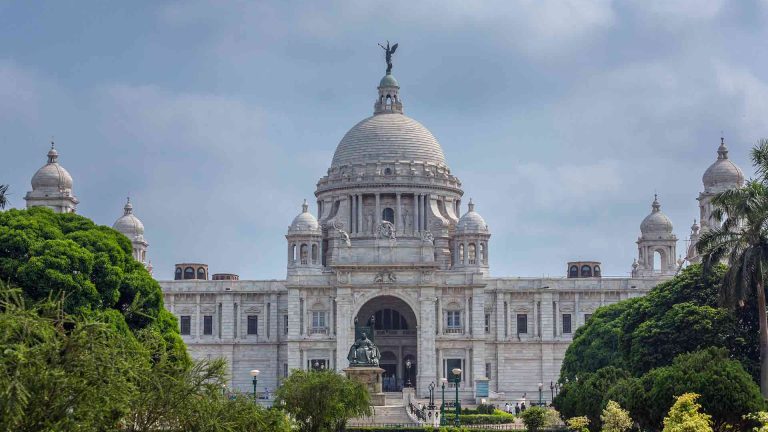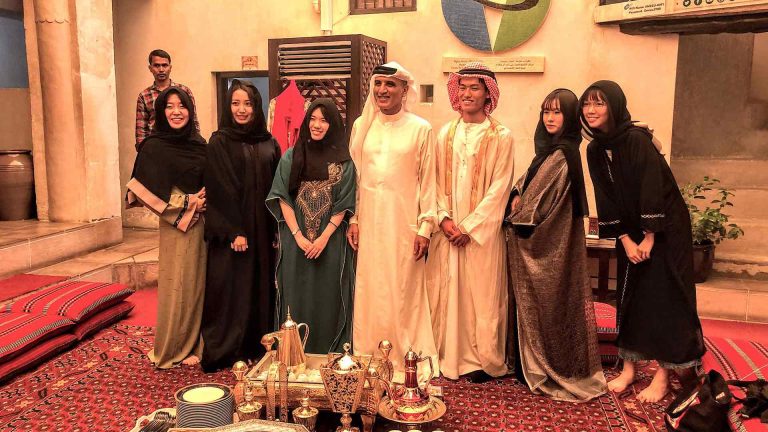Oman is a fusion of cultures from across the Arabian Peninsula. This is where the contemporary and traditional meet. Sultan al Qaboos Grand Mosque in Muscat is a perfect blend of modern architecture and traditional icons. One of the largest in the world it can accommodate up to 20,000 people at a time.
Sandwiched between the Arabian Sea and the Gulf of Oman in the East to the infinite Rub Al Khali Desert in the West, the diverse landscapes and terrains in Oman are in stark contrast. The view from Jebal Akhdar, in the massive Al Hajar mountain range is a combination of green and arid with spectacular views of the neighboring region.
Picnic lunches in the mountains and after dinner night sky watching in the Wahiba Sands are incredible experiences. En route to Wahiba Sands there’s the massive Wadi Bani Khalid, the best-known valley in Oman. There is a small café that serves snacks and refreshments. Besides the massive desert expanse, and diverse terrain this stretch of 4800 sq miles hosts a huge variety of animals and birds.
And, no, we aren’t done with nature yet. Turtle watching can be particularly refreshing. Also, there’s a whole lot of marine life to explore snorkeling, or visiting marine parks. This is your chance to check out some pristine and even virgin beaches along the entire coastline. Weather permitting there is Al Hoota Cave system estimated to be over 02 million years old and is located at the foot of Jabal Shams.
Oman discovery isn’t complete without delving into its culture and heritage. UNESCO heritage sites, museums, grand mosques, forts, and castles are to be explored.
All explorations need to end with scrumptious meals. The Khaleeji cuisine is a confluence of Arab, Eastern Mediterranean, Indian subcontinent, Iran and Africa. The selection of meat and seafood in Omani marinades, kebabs (skewered meat), smoked vegetables, the Harees, the Machboos, are some of the local delights. Kahwa (Omani coffee) is their national drink, and is unique. Oman is known for its desserts, especially the Omani Halwa.


